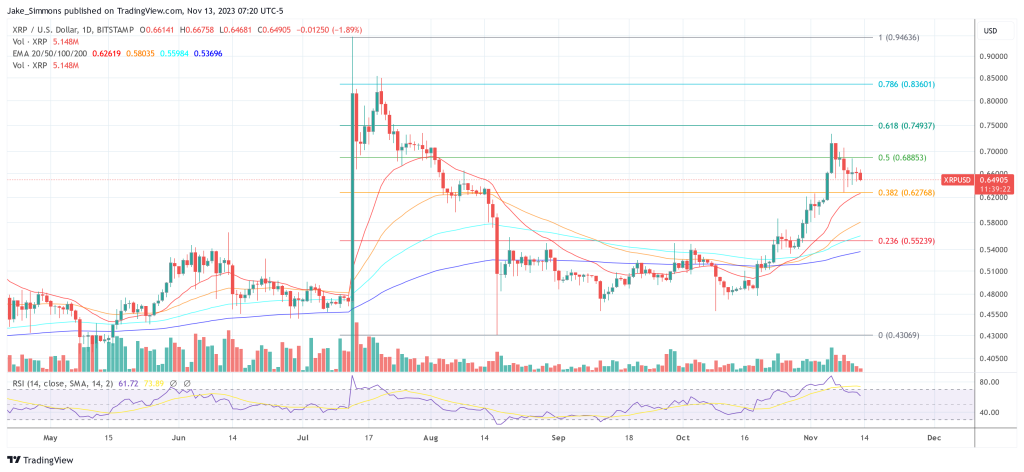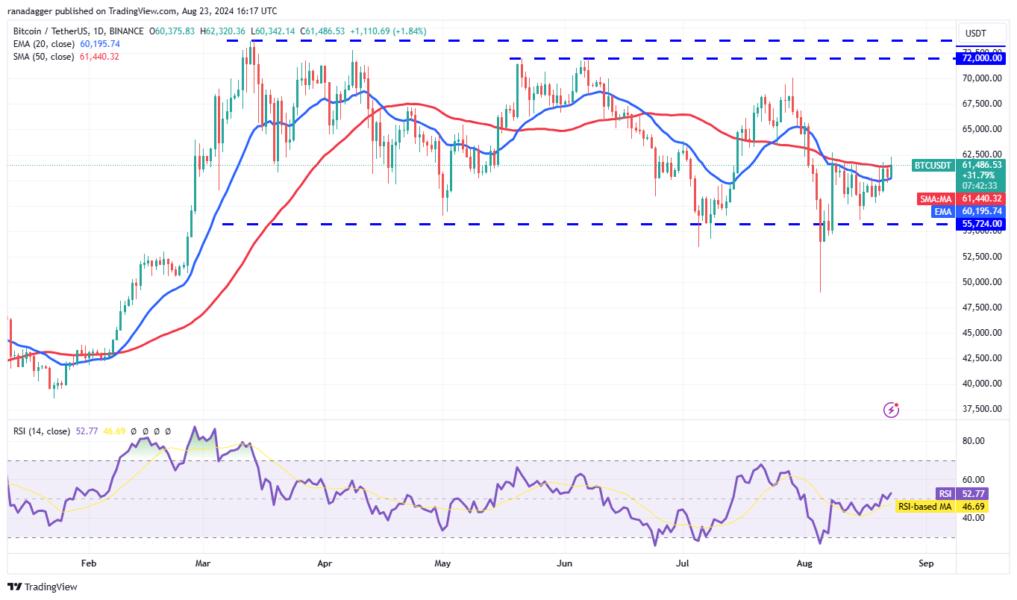The upcoming release of the rippled server software version 2.0.0 signifies a major milestone in the development of the XRP Ledger (XRPL). Krippenreiter, an analyst from the community, has provided an in-depth analysis of this update, which is set to be available to all node operators by November 13, 2023.
XRP Ledger Gets Major Overhaul
A central aspect of rippled v2.0.0 is the introduction of a new API version, which Krippenreiter describes as a “major breaking change.” This new API version represents a significant shift in the ledger’s operational framework, affecting how requests and responses are processed.
Another crucial aspect of the update is the improvement in transactions per second (TPS) performance. Several enhancements, as Krippenreiter notes, were initially proposed by Mark Travis. “There are three performance-enhancing changes in terms of transactions per second. These will significantly increase consensus stability and throughput.” Notably, the community noticed a few weeks ago that Ripple updated its official website, saying the ledger can handle 3,400 transactions per second, instead of the previous 1,500.
Moreover, the update introduces four new amendments. One of the key amendments is the XChainBridge. As Krippenreiter puts it, “Originally presented as ‘federated sidechains,’ Mayukha Vadari’s revised version will give a means to bidirectionally connect assets across XRPL-like ledgers using witness servers.” This amendment is aimed at enhancing the interoperability of XRPL assets across various ledgers.
Other amendments include the introduction of a decentralized self-sovereign identity compliant with W3C guidelines, adjustments to trustline settings (fixDisallowIncomingV1), and refinements in offer crossing behavior (fixFillOrKill). Another significant feature of the update is the introduction of a new RPC method, developed by Mayukha Vadari and Richard, the CTO at XRPL Labs. This new method, as described by Krippenreiter, “asks for data for a given chain,” facilitates easier connectivity for software applications within the ecosystem.
Last but not least, the version 2.0.0 update includes several bug fixes and refactoring efforts. Krippenreiter elaborates, “Bug fixes that don’t interfere with TX-processing can simply be implemented with new versions. Refactoring, on the other hand, is the process by which devs rewrite code to make it more readable, add comments, & make it more efficient.”
GitHub Insights And The Amendment Process
The pre-release notes from GitHub provide additional context to Krippenreiter’s thread. They emphasize the importance of the api_version 2, the notable improvements in TPS performance, and the introduction of support for XLS-38 sidechains as significant additions to the protocol’s functionality.
The governance model, as explained by Krippenreiter, plays a critical role in the adoption of these updates. The amendment system utilizes a consensus process among validators to approve changes affecting transaction processing.
For an amendment to be accepted, it requires more than 80% support from validators over a two-week period. Once passed, these changes become a permanent part of the ledger, enforceable in all subsequent versions. At press time, the rippled v.2.0 update was not yet posted on XRP Scan’s amendment registry. But, as Krippenreiter states, it is expected to come today.

In conclusion, the release of rippled v2.0.0 marks a significant evolutionary step for the XRP Ledger. It introduces a range of critical enhancements and new functionalities. Krippenreiter summarizes the broader implications of this update, stating, “Preparation for an XRPL ecosystem linked by sidechains, forks, and bridges… A flood of new performance enhancements.”
At press time, XRP traded at $0.649.






